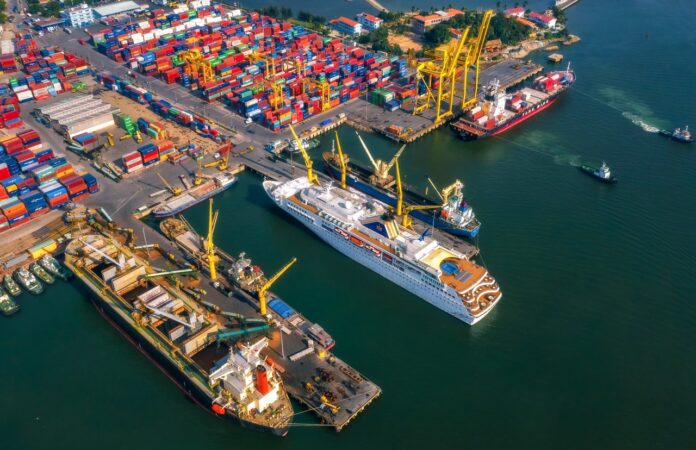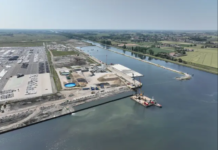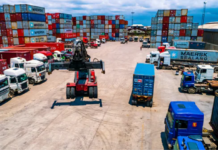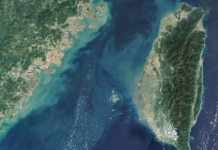
As geopolitical tensions and global trade disputes intensify, Vietnam’s shipping industry finds itself at a critical crossroads in 2025. Once hailed for its strategic location and rapidly developing port infrastructure, the Southeast Asian nation now faces a dual challenge: absorbing the impact of looming U.S. tariffs while capitalizing on emerging opportunities within a reshaped global supply chain.
U.S. Tariffs Cast a Shadow
The most immediate concern stems from potential steep tariffs by the United States. The Trump administration has announced a 46% duty on Vietnamese exports to the U.S. The move is part of a broader strategy by Washington to address Vietnam’s expanding trade surplus with the United States, which surged nearly 25% in the first four months of 2025 compared to the same period last year.
The economic implications are significant. Moody’s Analytics recently downgraded Vietnam’s 2025 GDP forecast from 6.5% to 5.8%, citing dampened U.S. demand and rising trade barriers. The manufacturing sector—central to Vietnam’s container shipping volumes—stands to be particularly affected.
Signs of Resilience
Despite these threats, Vietnam’s port system has shown notable resilience. In the first quarter of 2025, Quang Ninh’s seaports recorded a 7% year-on-year increase in cargo throughput, moving over 40 million tons. This performance underscores the strength of Vietnam’s maritime logistics even amid rising global uncertainty.
A broader assessment by FiinRatings, which analyzed 45 companies in the sector, classified Vietnam’s seaport industry as having an “intermediate” risk profile. Most operators manage long-established ports with steady cash flows, and the sector has relatively low sensitivity to economic cycles. Tan Cang – Saigon remains the dominant player, accounting for nearly 47% of national container throughput, followed by VIMC and Gemadept.
Riding the China+1 Wave
While U.S. trade barriers may temporarily dampen throughput, Vietnam continues to benefit from a long-term trend: the global shift in supply chains away from China. This “China+1” strategy has led multinational companies to relocate manufacturing operations to Vietnam—particularly in electronics, textiles, and light manufacturing—reinforcing the country’s role in global trade.
Strategic Infrastructure and Reforms
Vietnam is not standing still. Under its Seaport Master Plan 2021–2030 (Decision 1579/QD-TTg), the government aims to modernize and expand port capacity to handle up to 47 million TEUs by 2030, with further development plans for 2050.
In parallel, competition among Vietnamese ports has led to measurable efficiency gains. A study published in Acta Logistica using Data Envelopment Analysis found that heightened competition—especially in areas like Hai Phong and Ho Chi Minh City—has driven improvements in productivity and responsiveness in port operations.
Outlook: Cautious Optimism
Vietnam’s shipping sector undoubtedly faces near-term turbulence as tariff threats loom over vital trade corridors. However, with a foundation of robust infrastructure planning, advantageous geopolitical positioning, rising supply chain relocation, and increasing operational efficiency, the country appears well-positioned to weather external shocks.
Rather than faltering, Vietnam’s maritime sector may yet emerge stronger, reshaping its role in global trade as it adapts to new realities and leverages strategic growth opportunities.





